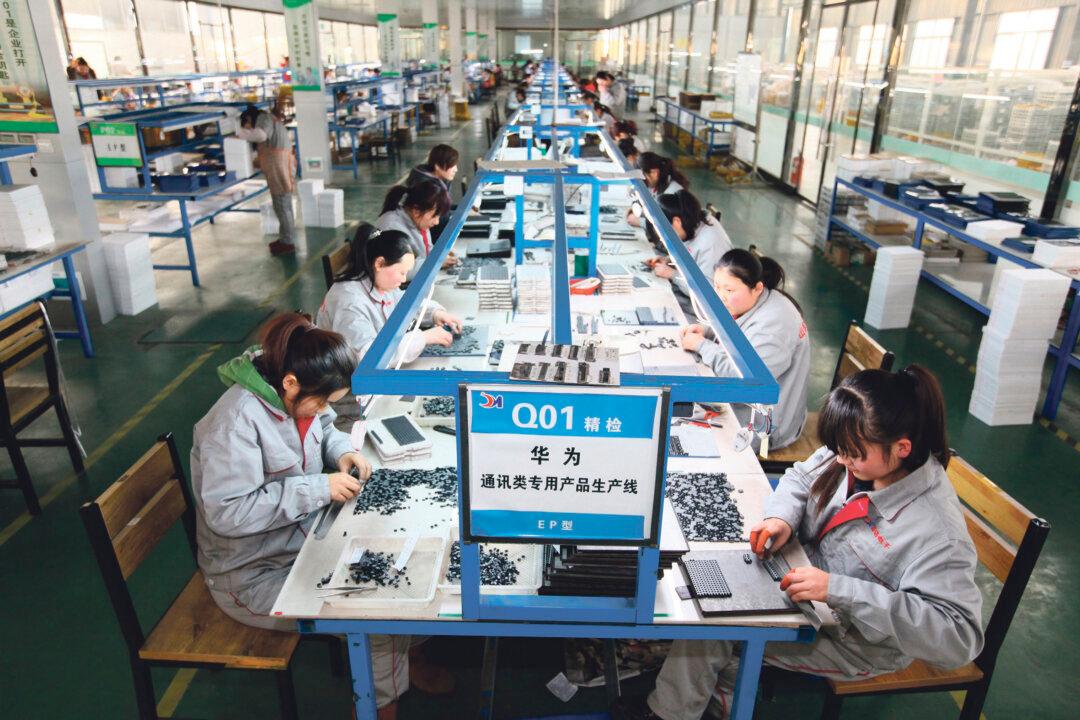Chinese regime leader Xi Jinping is rocking so many boats on the political front that he wants to make sure the economy and financial markets remain stable in 2017. He even said he prefers stability over meeting the regime’s GDP growth target.
The past year was a partial victory, as the regime managed to contain massive capital outflows, labor market stress, and stock market crashes by using the usual tactic of pushing hundreds of billions of dollars into the economy through the state banking system. But underneath the surface, risk in financial markets keeps building.
Xi recently admitted at a secret meeting that China may not meet its target for GDP growth if doing so creates too much risk, according to a Bloomberg report. As long as the economy and employment remain stable, growth can slip below the 6.5 percent target.
“Investors may obsess over GDP, but the Party can demand any GDP figures it wants. What matters to Beijing is joblessness. If net hiring looks good, the government has little reason to act, even if other indicators show results which disturb markets,” states a report by research firm China Beige Book (CBB).
CBB has made a name for itself by providing accurate on-the-ground data for China’s economy, as official figures are often unreliable. The researchers interview thousands of companies and hundreds of bankers in China each quarter to get an accurate gauge of the themes in the Chinese economy.
The latest report reflects the narrative of the Chinese regime as well as Western analysts: The economy has stabilized thanks to stimulus, and the labor market is also stable.





